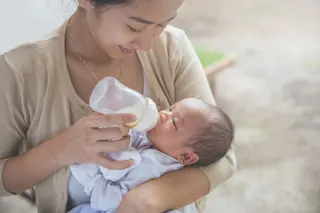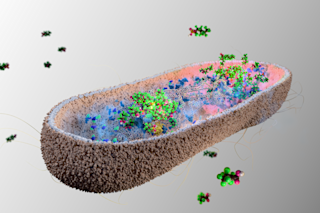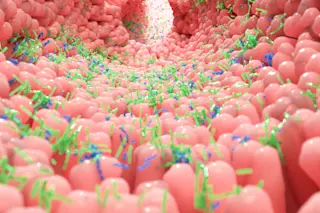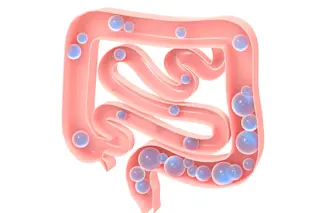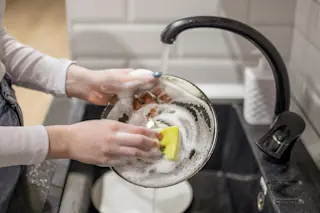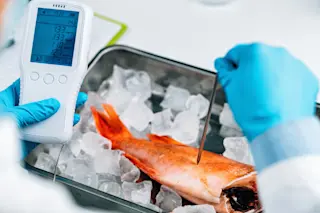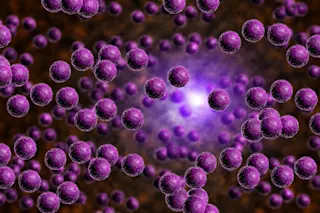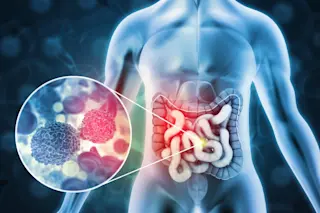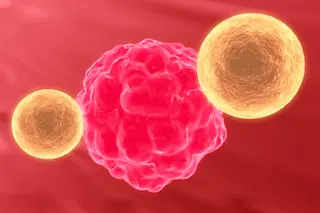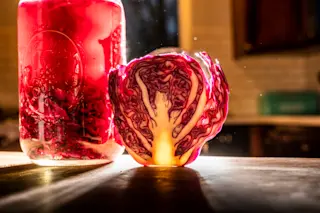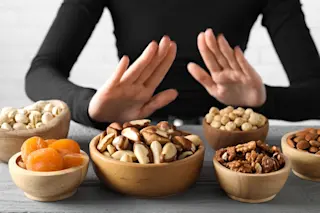A human’s genes are laid down at conception. A fetus’ heart, brain and other organs start to form five weeks later. At six months, an unborn child has most of its body parts. But there is one essential component missing: the helpful bacteria, often referred to as the microbiome, that will inhabit its gut, skin and other organs.
Our first interactions with microbes set the stage for health throughout our lives. Babies’ microbiomes have been linked to healthy brain development, asthma, allergies, obesity and more. But when and where do these earliest encounters occur? Understanding where our microbiomes originate is as important as knowing our genetic risk of cancer or heart disease.
“We always think about inherited risk in terms of human genes,” says microbiologist Susan Lynch of the University of California, San Francisco. “But there’s also a set of microbial genes that’s acquired very early in life. It comes ...


